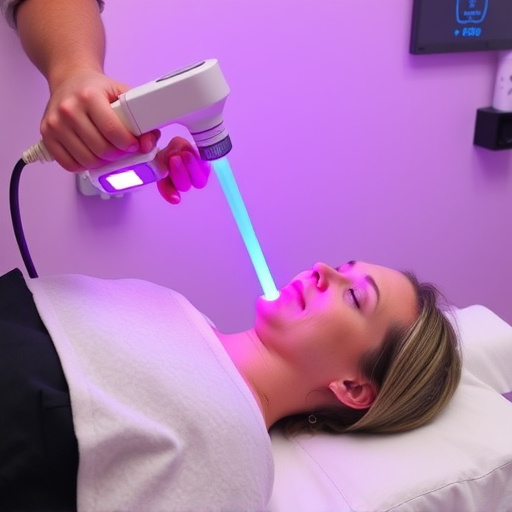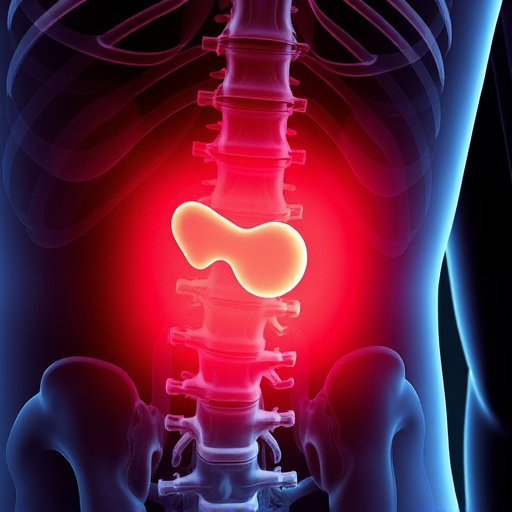A Workers Compensation Doctor's Work Status Report is a critical document evaluating an injured worker's medical condition and job capabilities, guiding employers and insurance providers on employee fitness for duty. The report includes a medical history, current symptom assessment with treatment recommendations, functional capabilities details (e.g., lifting limits, task restrictions), and rehabilitation suggestions like shockwave therapy. Effective collaboration between employers, employees, and healthcare professionals during the workers compensation process relies on understanding both the findings and recommendations in these reports.
In the complex landscape of workers’ compensation, understanding work status reports from doctors is paramount for both employers and employees. This article guides you through the essentials of these critical reports, focusing on what they are, their key components, and how to interpret the findings and recommendations from workers’ compensation doctors. By delving into these aspects, you’ll gain valuable insights into navigating the process efficiently and ensuring a fair outcome for all parties involved.
- What is a Work Status Report?
- Components of a Comprehensive Work Status Report
- Interpreting the Findings and Recommendations from Workers Compensation Doctors
What is a Work Status Report?

A Work Status Report is a crucial document prepared by healthcare professionals, specifically workers compensation doctors, to assess and communicate an injured worker’s medical condition and work capabilities. This report plays a vital role in guiding employers and insurance providers regarding an employee’s fitness for duty, especially after an on-the-job injury or illness. It provides a comprehensive overview of the worker’s current state, including any limitations or restrictions on their ability to perform their job duties.
These reports are essential tools in managing workers’ compensation cases, ensuring that appropriate accommodations and rehabilitation strategies are implemented. Whether it’s addressing soft tissue injuries, providing sciatica relief, or aiding in sports injury recovery, the Work Status Report offers valuable insights into an individual’s health status and return-to-work prospects, thereby facilitating a smoother transition back to the workplace.
Components of a Comprehensive Work Status Report

A Comprehensive Work Status Report from a workers compensation doctor is a crucial document that provides an in-depth overview of an employee’s work capacity and progress following an injury or illness. This report typically includes several key components, all designed to offer a holistic view of the individual’s current state and potential paths to recovery.
Firstly, it begins with a detailed account of the patient’s medical history, including the nature and severity of their injury or condition, and any prior treatments or surgeries. This section sets the context for understanding the unique challenges faced by the worker. Subsequently, the report offers an assessment of the individual’s current symptoms, focusing on aspects like joint pain relief or headache relief, and how these impact their ability to perform job duties. It may also include recommendations for further medical interventions, such as shockwave therapy, to aid in recovery and restore functionality. Furthermore, the doctor provides insights into the patient’s functional capabilities, including lifting limits, and restrictions on work tasks, ensuring that employers can accommodate these needs effectively.
Interpreting the Findings and Recommendations from Workers Compensation Doctors

When reviewing a workers’ compensation doctor’s report, it’s crucial to understand both the findings and recommendations. The doctor’s assessment provides insights into the extent of an employee’s injury or illness, which is critical for determining eligibility for benefits and the course of treatment. Findings may include details about the nature and severity of the condition, supported by medical evidence such as imaging scans, laboratory tests, or physical examinations.
Recommendations are equally important, offering guidance on appropriate rehabilitation services, including potential modalities like shockwave therapy, to aid in auto accident recovery. These suggestions tailor the treatment plan to the individual’s needs, aiming to restore functionality, reduce pain, and facilitate a safe return to work. By carefully interpreting these components, employers and employees can collaborate effectively with healthcare professionals to navigate the workers’ compensation process efficiently.
A comprehensive understanding of work status reports from workers compensation doctors is essential for employers and injured workers alike. By familiarizing oneself with the key components, such as medical findings, functional limitations, and return-to-work recommendations, stakeholders can better navigate the complexities of the workers’ compensation process. Interpreting these reports accurately enables informed decisions regarding accommodations, rehabilitation, and ultimately, a safe and successful return to work. Relying on the expertise of workers compensation doctors is pivotal in ensuring fair treatment and supportive care for those who have sustained injuries or illnesses on the job.














